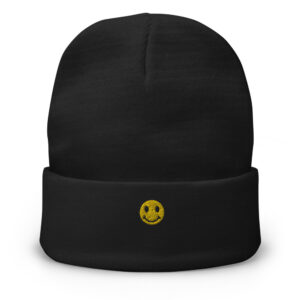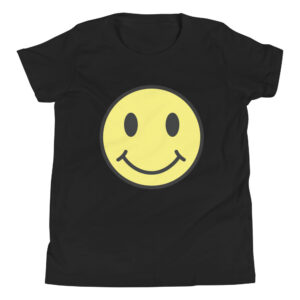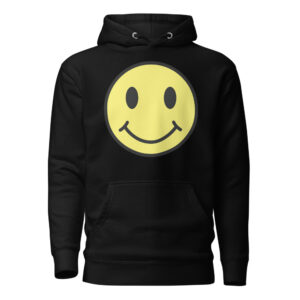-
×
 Have a Nice Day Beanie
1 × $111.00
Have a Nice Day Beanie
1 × $111.00
Why Soft Structure Is Redefining What It Means to Dress Sharp
Soft tailoring is having a quiet but powerful moment in fashion, offering a new kind of polish without the stiffness of traditional suits. Blending ease and structure, soft tailoring outfits have found their way into everyday wardrobes — and for good reason.
Why We’re Letting Go of Hard Edges
For years, sharp tailoring was the go-to for anyone wanting to look put together. But fashion’s relationship with comfort has changed, and with it, so has the way we define structure. Soft tailoring outfits use drapey fabrics, unlined blazers, and drawstring trousers to deliver the same sharp silhouette — without the rigidity.
These pieces move with the body, feel breathable, and layer effortlessly. Instead of heavy wool or strict shoulder pads, soft tailoring favors fluid lines and forgiving cuts that still look considered.
How Designers Are Reworking the Suit
Runway labels and high-street brands alike have leaned into this trend, offering unstructured blazers, pleated trousers, and wrap-style vests in everything from linen to Tencel. It’s less about matching two pieces and more about mixing tailored details with relaxed essentials.
A slouchy blazer over a tank and drawstring trousers, for instance, still reads as “put together,” but it doesn’t scream boardroom. It’s a softer signal — one that works at work, but also outside it.
Who’s Wearing Soft Tailoring Off-Duty
Celebrities, stylists, and streetwear insiders have all embraced soft tailoring for its low-effort elegance. Think Zendaya in oversized suiting on the red carpet, or Hailey Bieber pairing a silky blazer with bike shorts and heels. These looks show how the concept translates beyond officewear, into the realm of street style and weekend wear.
Soft tailoring outfits now feel just as appropriate for brunch, errands, or even a date night, thanks to their versatile styling potential.
Easy Ways to Try It Yourself
If you’re new to soft tailoring, start small. A neutral-toned blazer in a linen blend can go over everything from a fitted dress to joggers. Look for trousers with elastic or tie waists, and opt for soft pleats rather than sharp creases. Keep the fabrics breathable — cotton twill, bamboo blends, and washed silk are all great options.
Shoes matter too. Soft tailoring pairs well with mules, loafers, and even sneakers. The key is balancing ease and intention in your overall look.
Why Soft Tailoring Isn’t Going Anywhere
There’s staying power in pieces that offer both comfort and style. Soft tailoring outfits respond to how people actually want to dress now — without abandoning personal polish. As we move through hybrid work lives and unpredictable schedules, clothes that flex with us feel less like a trend and more like the new normal.
Soft tailoring doesn’t demand attention. It earns it quietly — with drape, intention, and a fresh kind of ease that fits into everyday life without forcing it.





